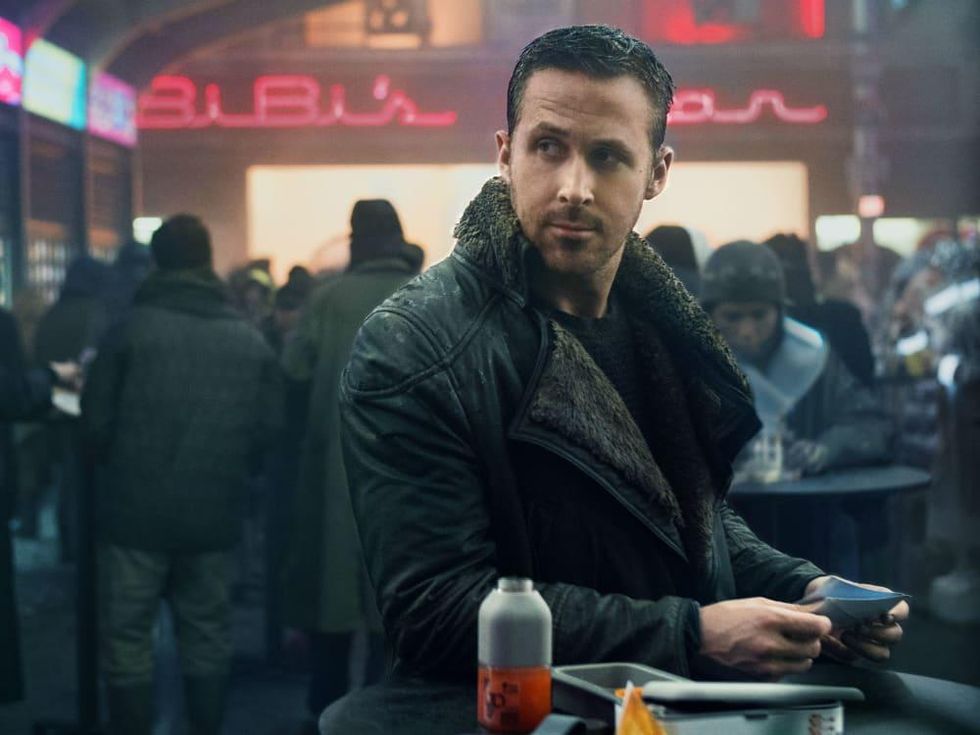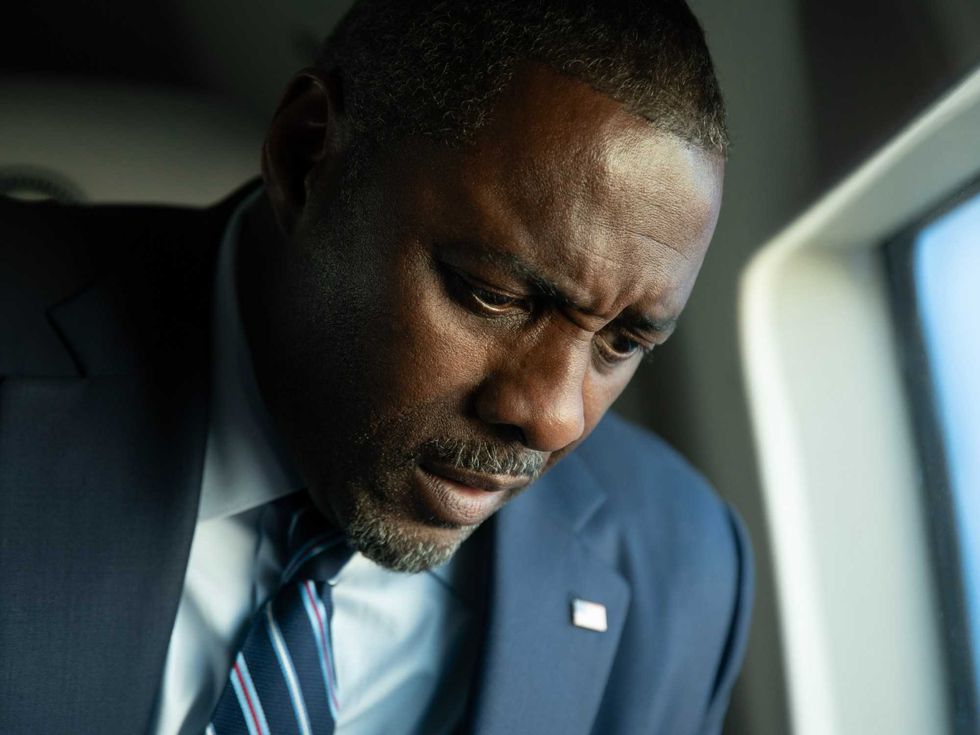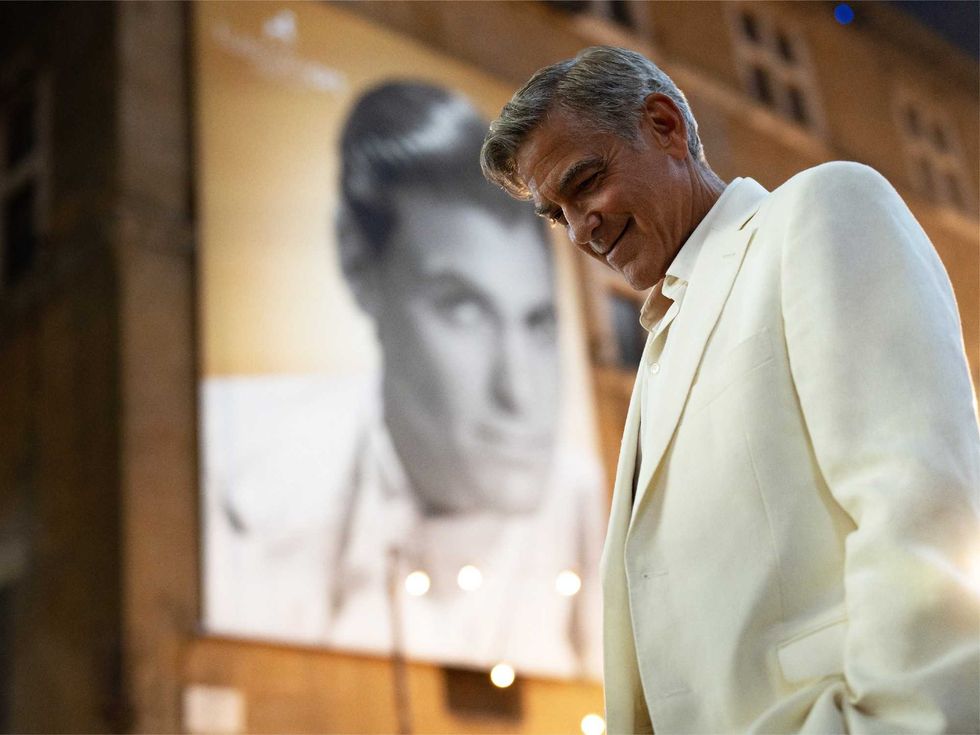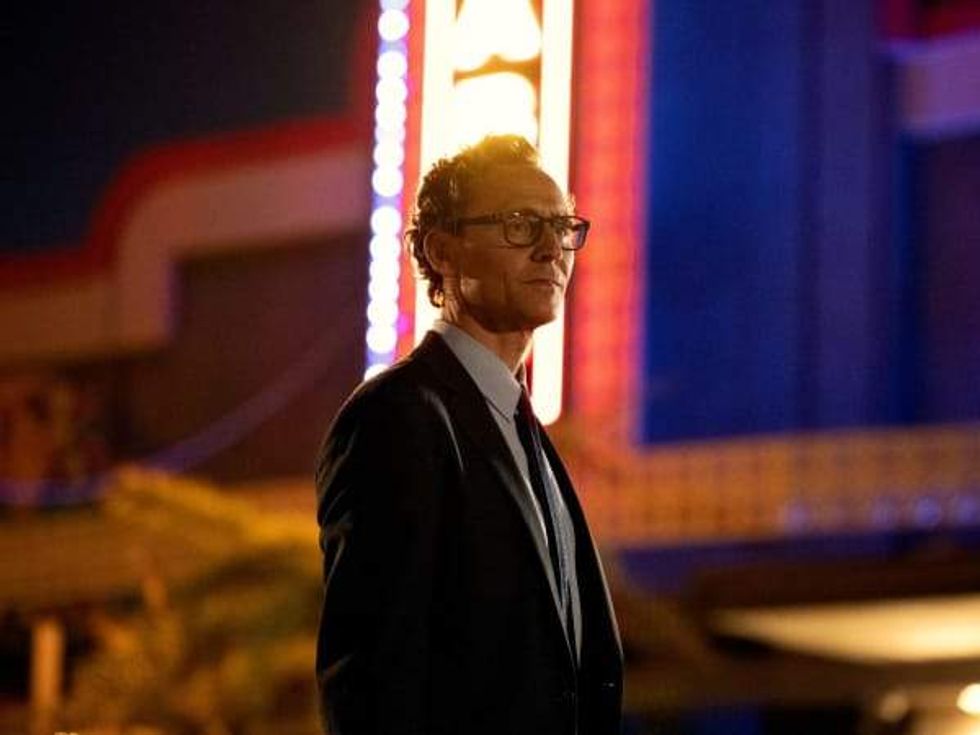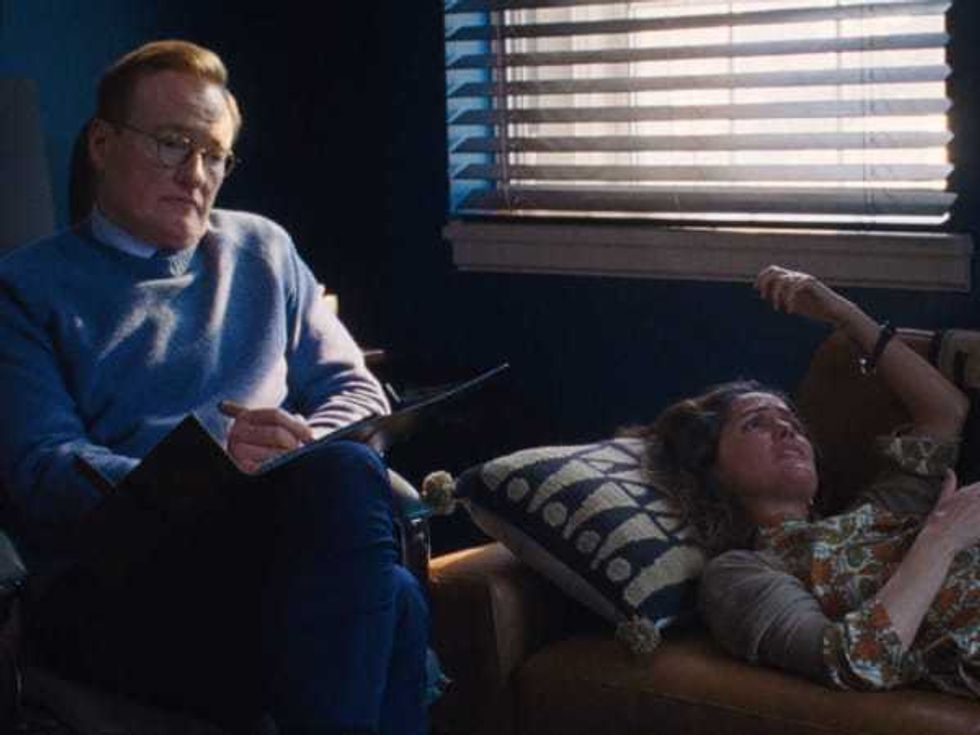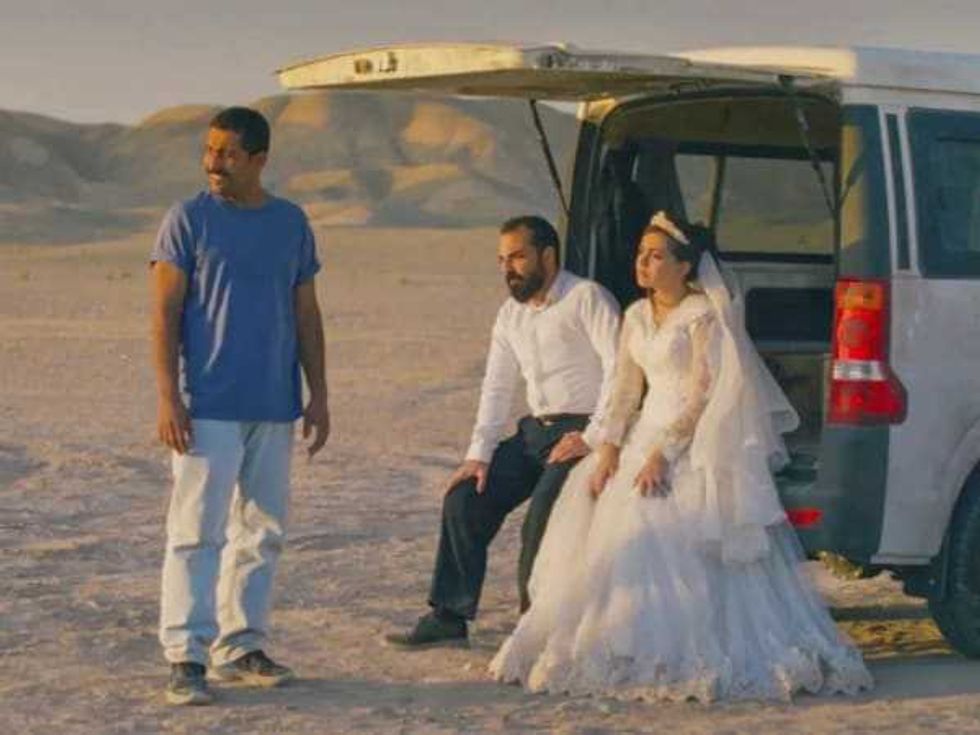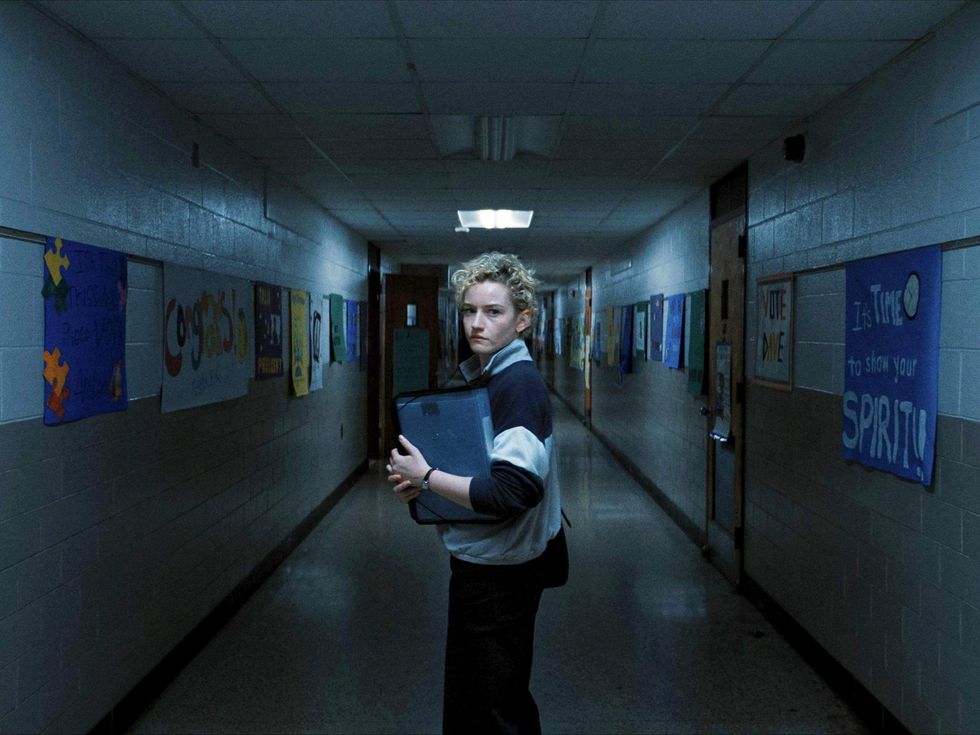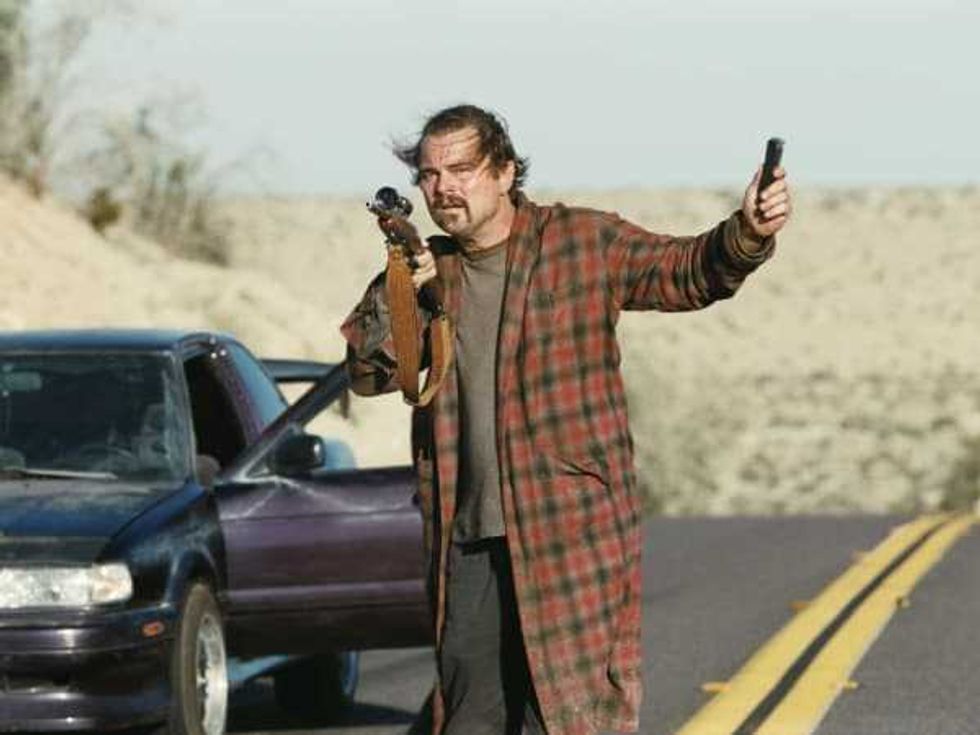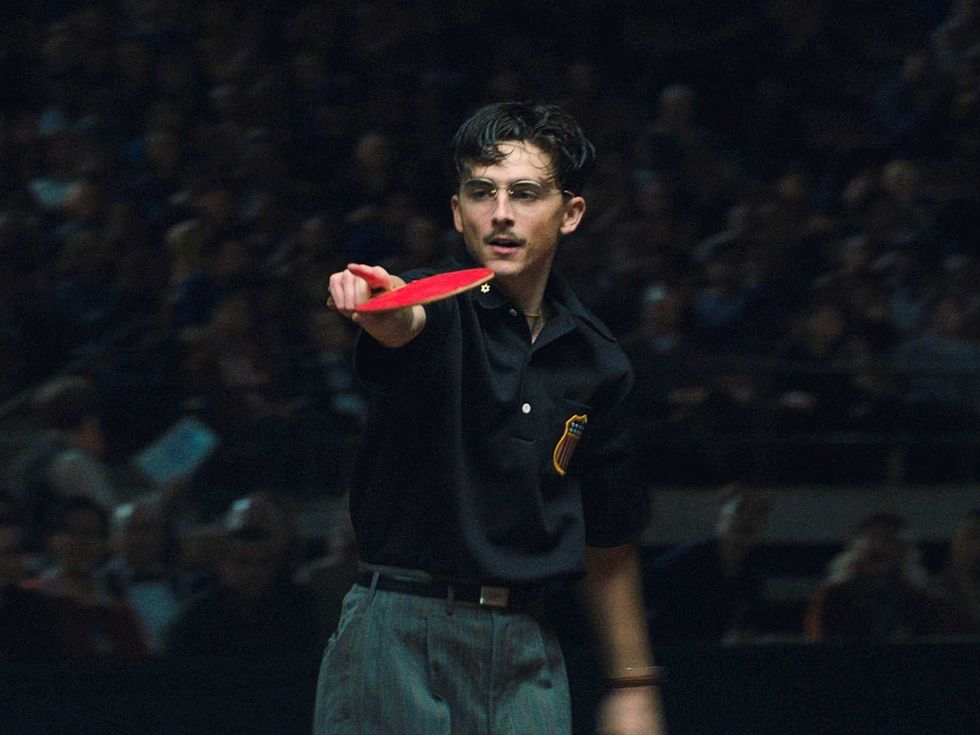Movie Review
Blade Runner 2049 honors original and opens up new territory
Truth be told, the original Blade Runner has always been a little out of reach for me. I was too young to see it when it came out in 1982, and watching it years later, it felt too esoteric for me to fully understand its popularity. I could appreciate the beauty of Ridley Scott’s direction and the cinematography by Jordan Cronenweth, but the story itself always left me cold.
Suffice it to say, I am not the prime audience for the sequel 35 years in the making, Blade Runner 2049. And yet, for most of its running time, I found myself intrigued by what it had to offer. Set 30 years after the events of the first film, a new Blade Runner named K (Ryan Gosling) is in charge of hunting down older model Nexus-8 replicants, aka artificial beings, and “retiring” them.
A run-in with one particular replicant starts a chain reaction of events that leads K to questioning his entire existence. While carrying out missions for his boss, Lieutenant Joshi (Robin Wright), K also tries to solve this new personal mystery. His searching puts him in the orbit of replicant creator Niander Wallace (Jared Leto) and his relentless underling, Luv (Sylvia Hoeks), who pursue him as part of their own nefarious agenda. It also leads him to a certain former Blade Runner named Rick Deckerd (Harrison Ford), who might hold the answers for everybody involved.
One of the fun debates that arose from the original Blade Runner was whether Deckerd himself was a replicant. No definitive answer has ever been revealed, but, without giving it fully away, director Denis Villenueve and co-writers Hampton Fancher and Michael Green dispense with any mystery regarding K’s status almost immediately. There are so many more interesting things to deal with it's unnecessary to hold that plot twist over the audience’s head.
Instead, we’re treated to a variety of compelling ideas, most of which can’t be written about without spoiling the movie. What can be said is that the film is more straightforward than the original. It has a mostly linear plotline with only occasional tangents into abstract concepts, so it's much easier to follow.
This may or may not please Blade Runner purists who view its complexity as a positive. What will likely please them is the devotion by Villenueve and cinematographer Roger Deakins to the aesthetics of the original film. Their Los Angeles of 2049 is dark, moody, and full of weather (like rain and snow) foreign to the city as we know it. The architecture, layout of the city, and baffling art all help the audience feel immersed in their vision of this future.
One of the most fun and/or heartbreaking aspects of the new film is K’s relationship with Joi (Ana de Armas), a woman who exists purely as a hologram — and yet so much more. Her existence is both a fascinating and alarming look at how romance may evolve as technology evolves. But her relationship with K is, ironically, one of the most human things in the film, which can throw your mind for a loop.
Unfortunately, the movie is filled to the brim with plot, which leads to an unwieldy running time of 163 minutes. Some films can make that time commitment fly by, but Blade Runner 2049 only contains sporadic action, remaining contemplative in most scenes. It starts to drag about two hours in, leading to a final act that’s far less exciting than it should be.
Still, given the number of years between the original and the sequel, Blade Runner 2049 creates a universe that both honors and expands upon the original’s intention. Whether that translates into the same enduring popularity remains to be seen.

